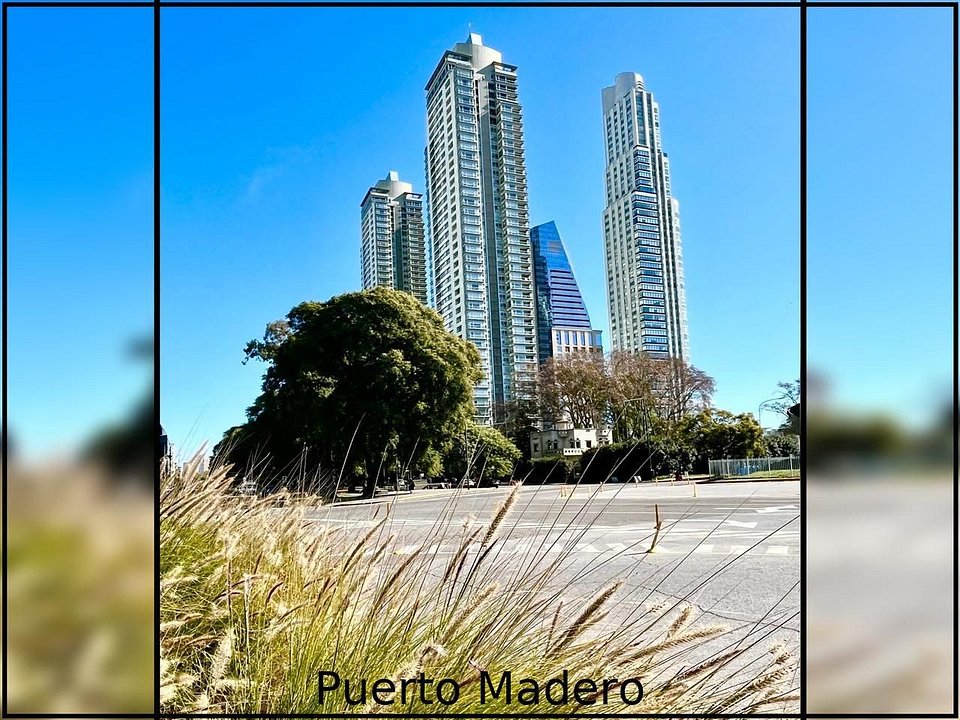Marcelo

Puerto Madero
Puerto Madero is a very interesting point of interest and is less than 10 blocks from the apartments.
Puerto Madero, originally a key port in Buenos Aires, was transformed into a modern residential and commercial neighborhood. Its history is divided into two phases: the construction of the port at the end of the 19th century and its subsequent abandonment and renovation beginning in 1989.
Phase I: The Port of Eduardo Madero
At the end of the 19th century, Buenos Aires needed a modern port to handle the booming agricultural export model and trade with Europe.
Engineer Eduardo Madero proposed a project of dikes and drawbridges, which was chosen, although it faced criticism regarding its long-term viability.
The construction, carried out by English engineers, included the creation of land reclaimed from the river and a system of dikes, silos, and warehouses.
The port, inaugurated in 1897, quickly became obsolete due to its inability to handle larger ships.
Phase II: Renaissance and Transformation
Beginning in 1989, the Antiguo Puerto Madero Corporation undertook the revitalization of the area, with the goal of transforming the port area into a new neighborhood.
The old silos and warehouses were recycled and adapted for new uses, such as housing, offices, and commercial spaces.
New high-end buildings and towers were built, transforming Puerto Madero into a luxury residential and commercial area.
The neighborhood is characterized by streets named after prominent women in Argentine history and attractions such as the Puente de la Mujer (Women's Bridge) and the Sarmiento Frigate museum ship.
In short, Puerto Madero transformed from an obsolete port into a modern and vibrant neighborhood, thanks to a process of urban planning and transformation that included the reuse of its historic infrastructure and the construction of new buildings.
